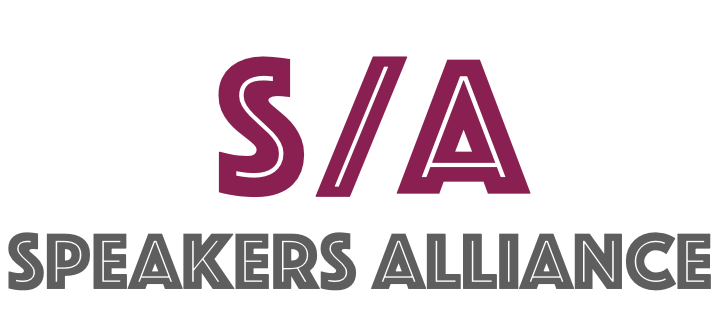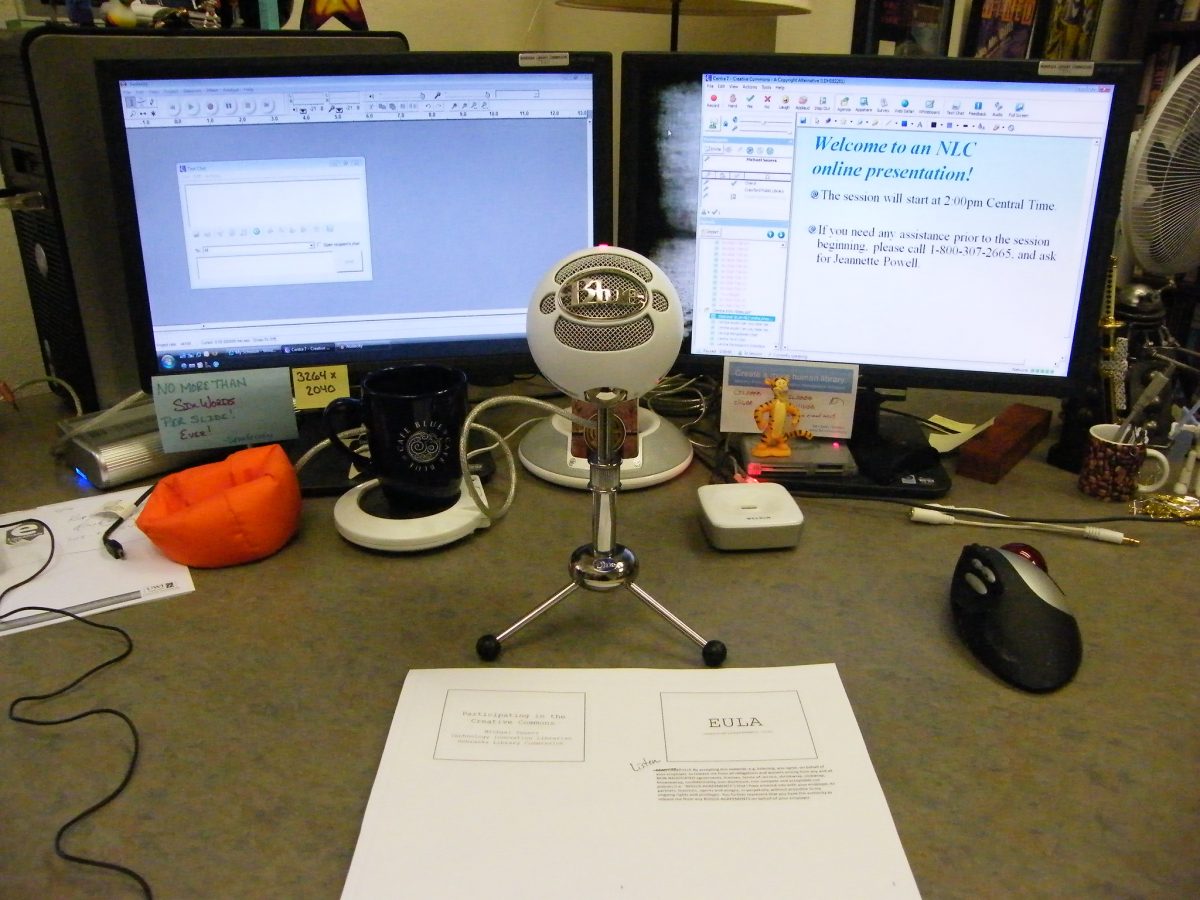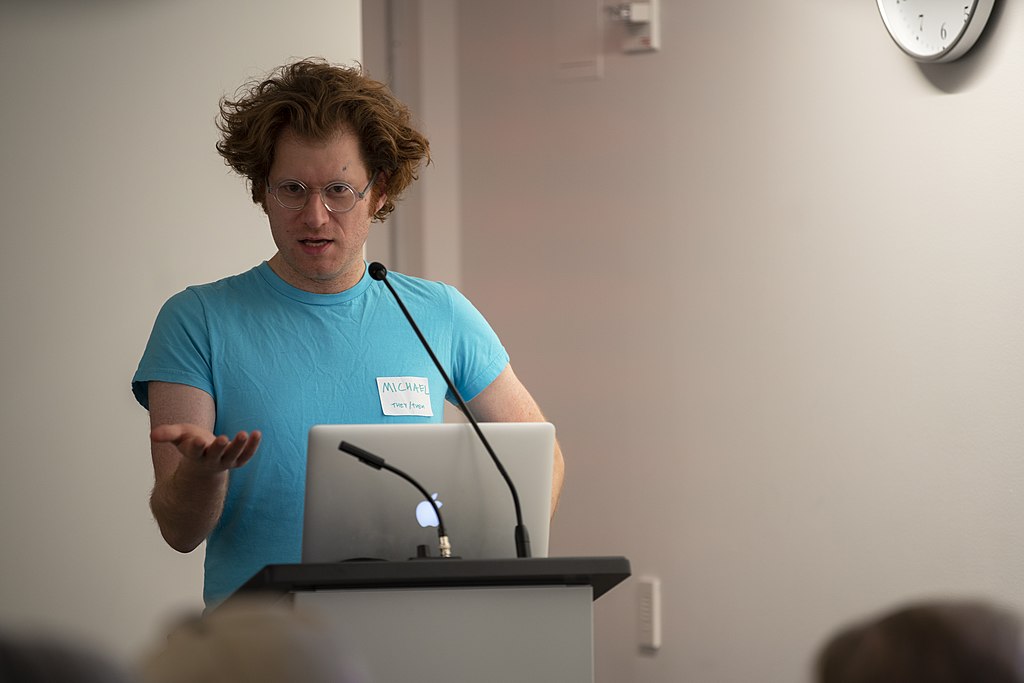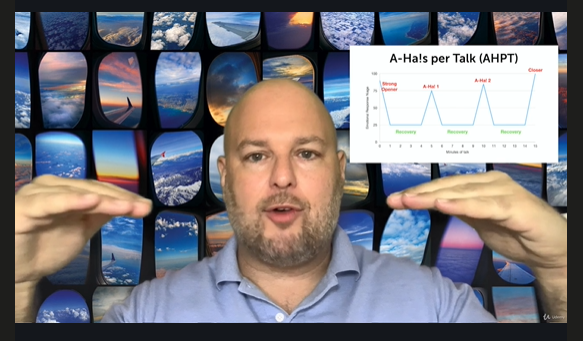I come from a long line of sweaty people.
I remember my grandfather – whose BMI was much lower than mine – carrying a handkerchief in the dead of winter to mop his ever-sweaty brow. My larger frame (thicc by today’s standards) has made me even more sweaty in every aspect of my life.
In general, I’ve come to terms with it. But when you’re watching your TED talk and see your arms lifted with sweat stains clearly visible through your dress shirt, it feels like too much. Being sweaty at the gym or beach poses minimal professional risk, but – even if people won’t tell you to your face – a super sweaty body or handshake isn’t great when you’re trying to bill $10,000/hour.
Over my 20 years of paid, professional speaking I’ve tried almost everything to ameliorate this problem, from potions to just giving up and embracing my body’s quirks. Eventually I settled on a few tricks and strategies that have served me well. If you’re not a super-sweater, you might still find these useful – because even Zoom doesn’t hide those pits. And as any sweaty person knows, once you’re conscious of your sweat, it makes it almost impossible to focus on anything else (e.g. the speech you’re supposed to give).
Antiperspirant
Antiperspirant is the first way most people try to solve this problem. But because adrenaline and increased blood pressure tend to increase sweating, speeches are more likely than most situations to “break through” supermarket brands. I recommend switching to a clinical-strength antiperspirant that you carry with you for talks (live or online). Asking your doctor for a recommendation is a great way to start. Don’t use the stuff regularly, or you’ll develop a tolerance for it (and potential other health complications) – so keep it for the “special” occasions of your speaking. If you don’t wear any antiperspirant on most occasions or days, you’ll find that the selective application of the stuff will help you on the days you need it most.
Undershirts
Adding layers of undergarments can be a good go-to, but there’s a delicate balance between stopping your sweat from showing and raising your basal body temperature through excessive clothing. If you are an undershirt kind of person, a brand I’ve found to be highly effective is Eji’s. They make a line of “sweat proof” items that have a special liner to prevent your pits – and other parts – from showing. Whatever you do, don’t double up on undershirts or underwear – it will only make you hotter, and definitely won’t help.
Blazers
The big secret of professional public speakers is the use of a strategic blazer. Men, women and non-binary speakers can find a range of great blazers that look good, project the right image, and help you keep from showing your sweat. The key is to not take the blazer off after your talk until the situation has calmed down, so to speak. This can be especially difficult in venues with inadequate air conditioning, but it’s a low price to pay for protection. And pro tip: black is both slimming and hides sweat the best.
Handkerchiefs/Sanitizer
While your hands being sweaty during your talk is normal and really no big deal, sweaty hands after a talk – particularly when shaking them with prospective clients or event bookers – can be a major no-no. Take a minute after you’re done pitching or speaking from the stage to go to the restroom, wash your hands, dry them thoroughly, and return to the action in the venue. If that is impossible, a small amount of hand sanitizer (which you probably have at all times nowadays) and a handkerchief in your pocket can give your palms a quick refresh. Of course, you can also always use the pandemic as an excuse to elbow bump instead.
Body Temperature Regulation
There’s a reason that most TV studios are freezing cold. This serves two purposes: to keep the equipment and the hosts from overheating. Sweat ruins clothes, makeup and a 4K high-def close up, and the same will be true for you as a speaker. Now, you may not have control of the venue’s temperature – and particularly if you’re in Europe, the venue will most likely be on the warm side – but there are things you can do. First, dress for the venue prior to your talk. If it’s warm (and you’ll know because you followed my advice to scope it out beforehand), keep your blazer off and/or wear lighter clothes prior to the start of your talk. Don’t shower, work out or otherwise over-exert yourself in the hour before your speech or pitch begins, and do what you can to keep yourself calm. If you’re broadcasting from home – turn down the AC as low as it will go and freeze your room before the talk starts – you can set it back to a normal/cool temperature once you’re finished. And remember to drink lots of water…but not so much that you can’t time your bathroom breaks.
Excessive sweating can become a clinical condition called Hyperhidrosis. Even if you don’t have this rare but often-debilitating issue, you can suffer from sweating that is “excessive” (a social, not medical construct) during and after important talks. The critical thing to remember, of course, is that this is perfectly normal. You should feel sweaty during and after a talk because you put your heart and soul into it, and that nervous reaction is absolutely natural. However, if you don’t feel confident and comfortable in your body under those circumstances, it will affect your performance. And the most critical thing is to ensure that your talk goes well, that you land your points, and that the audience is changed by what you have to say. Anything that gets in the way of that – and it’s usually something in your head – is detrimental to success. That’s why we teach the importance of practice, confidence and content-centricity in our self-directed online course, The A-Ha! Method.
The phrase “Never let them see you sweat” was coined by advertising guru Phil Slott in his 1980s commercials for the antiperspirant Dry Idea. It caught on precisely because of its broader meaning: that you need to project confidence and calm, no matter how you’re feeling inside, if you want to conquer the highest peaks of your profession. Public speaking, pitching and meeting management are types of performance, and good performers invest in managing their sweat to create the right impression.
The content comes first. But staying high and dry is always a good idea.







